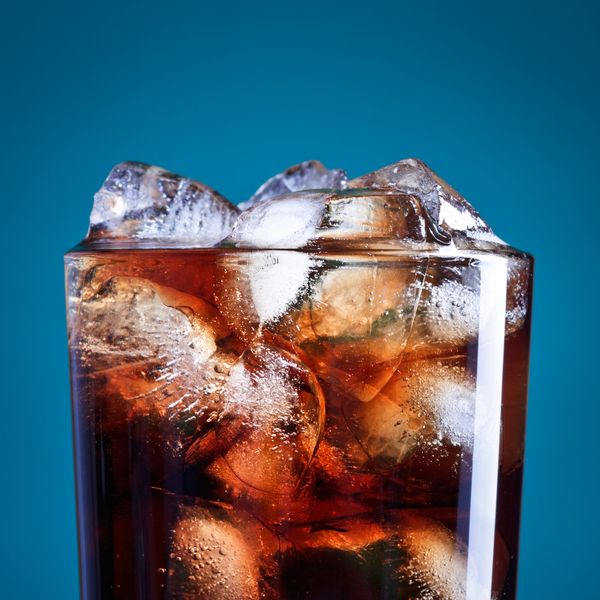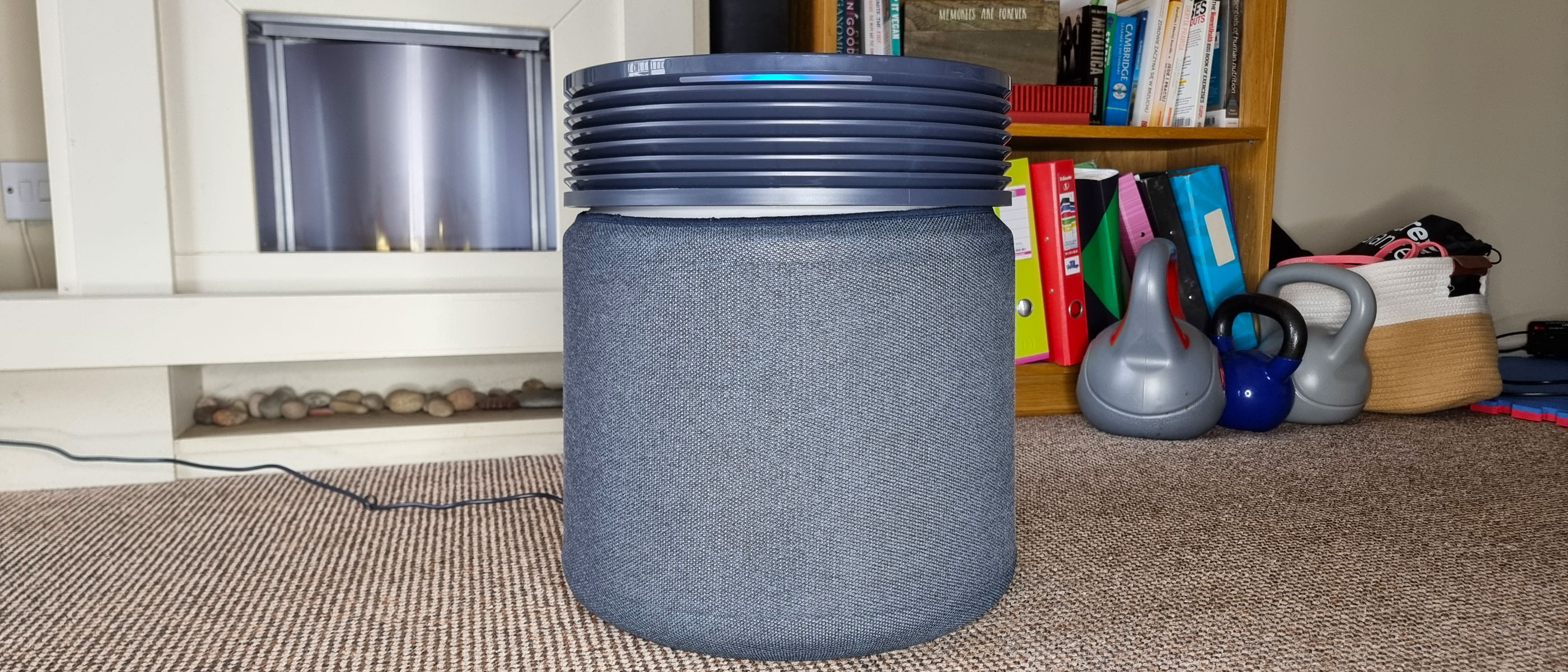Viral Soda Infographic: How Does Cola Really Affect the Body?

An infographic that breaks down what happens in your body after you drink one Coke has gone viral, but health experts say some information in the graphic is exaggerated.
In addition, while soda is certainly not a healthy food choice, drinking a sugar-sweetened beverage once in a while wouldn't necessarily make a person unhealthy, the experts said.
"If you're drinking one soda on occasion … that doesn't equate to it being necessarily unhealthy," said Heather Mangieri, a spokesperson for the Academy of Nutrition and Dietetics and owner of the nutrition consulting company Nutrition Checkup in Pittsburgh. "The overall diet quality is what's important."
The infographic, which appears on the blog the Renegade Pharmacist, details seven changes that happen to the body during the first hour after drinking a Coke, including the effects of ingesting 39 grams of sugar. The information for the graphic was taken from a 2010 article on the website blisstree.com
On the whole, the science presented in the infographic is fairly accurate, said Dana Hunnes, senior dietitian at the Ronald Reagan UCLA Medical Center.
However, some of the wording is exaggerated, Mangieri said. For example, the infographic says that in the first 20 minutes of drinking a soda, "your blood sugar spikes, causing an insulin burst. Your liver responds to this by turning any sugar it can get its hands on into fat."
But the effects of drinking this amount of sugar can vary depending on whether a person is active or inactive at the time, and whether they've eaten or not, Mangieri said. [How Much Sugar Is in That? (Infographic)]
Get the world’s most fascinating discoveries delivered straight to your inbox.
"What happens after you consume a beverage like this relies heavily on whether the body is in need of energy, and what you do after consumption," Mangieri said. If you are active after drinking a soda, "the chances of some of these things happening are significantly less," she said.
Whenever you consume large amounts of sugar, your pancreas responds by secreting insulin, a hormone that helps sugar get into cells. The insulin will signal the liver, muscle and fat cells in the body to take up sugar from the blood, in order to lower blood-sugar levels.
But if you don't need energy when you drink the soda, the liver and muscles will store glucose in the form of glycogen. It's only once this storage is "full" that the body stores the glucose as fat, Mangieri said.
"Saying that [sugar] just automatically turns to fat is an over-exaggeration for sure," Mangieri said. "If you're well-fed, and the calories are all extra, your body doesn't need it, then yes, your body can store that as fat. But if your body can use those calories as energy, then you're not necessarily going to immediately story that as fat," she said.
In addition, the infographic says that after 45 minutes, "Your body ups your dopamine production, stimulating the pleasure centers of your brain. This is physically the same way heroin works." But Mangieri said that dopamine is also released in response to other rewards that are generally viewed more positively, such as listening to classical music or having sex.
The infographic also describes the negative effects of caffeine, but these are not unique to soda. "Any food/beverage with caffeine or other stimulant will dilate the pupils, raise blood pressure and increase the amount of glucose that is temporarily in the bloodstream," said Julie Kennel, a registered dietitian and clinical assistant professor at The Ohio State University. "This is the typical 'fight or flight' response."
What's more, a single can of Coca-Cola contains about 39 milligrams of caffeine, less than the 100 mg of caffeine in an 8-ounce cup of coffee.
The infographic says that phosphoric acid in soda promotes the loss, through urination, of nutrients, including calcium, which is important for teeth and bones. Mangieri said that there is a link between high soda intake and an increased risk of fractures, but this could be because people who drink a lot of soda may also drink less milk. Phosphoric acid is also found naturally in other foods, like meat and dairy products, she noted.
Still, there are many reasons to avoid drinking a lot of soda. These beverages have no nutritional value, don't do a good job of keeping you full, and can replace other healthy foods and beverages such as milk, Mangieri said. "There are a lot better ways to get your calories" than by consuming 39 grams of sugar in one beverage, she said.
Follow Rachael Rettner @RachaelRettner. Follow Live Science @livescience, Facebook & Google+. Original article on Live Science.

Rachael is a Live Science contributor, and was a former channel editor and senior writer for Live Science between 2010 and 2022. She has a master's degree in journalism from New York University's Science, Health and Environmental Reporting Program. She also holds a B.S. in molecular biology and an M.S. in biology from the University of California, San Diego. Her work has appeared in Scienceline, The Washington Post and Scientific American.
